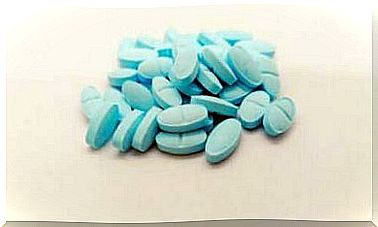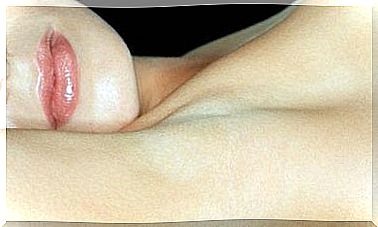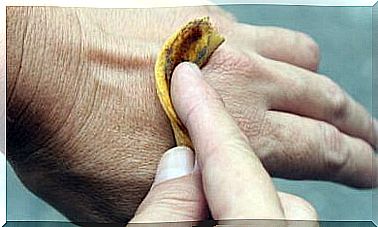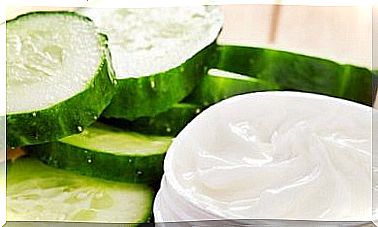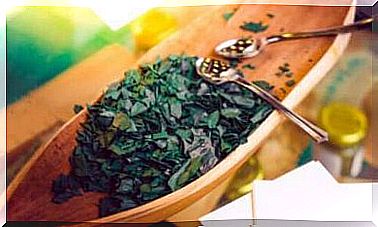Basic Wound Closure Techniques
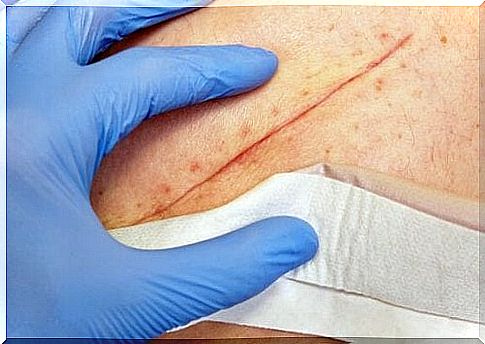
As a general rule, wounds are damage that can occur on the outer surface of our body. They can also be defined as a loss of skin continuity due to an external factor. According to the characteristics of the wound, the medical team can choose to close it or not.
Currently, one of the most used techniques in wound closure is the use of sutures. Within this method there are numerous variants, and the corresponding physician must choose the most suitable for the case.
Classification of wounds
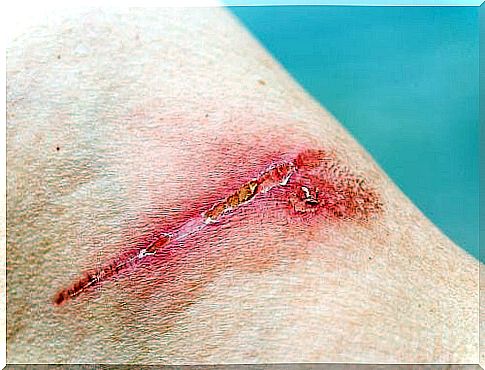
Another classification of wounds can be determined from the agent or cause of the injury ( stab , firearm, etc.). Furthermore, they can be differentiated according to their appearance, whether they affect structures other than the skin, etc., among other classifications.
healing phases
Usually wounds follow a pattern of regeneration or healing, which follows these steps:
- Inflammation phase. It is also called the reaction phase, and appears during the first few days. In it, blood vessels dilate and vascular permeability increases. In this way, the serous fluid is filtered, and the leukocytes form a protective layer (crust).
- Proliferation phase. Other names it gets are: regeneration phase and granulation phase. It starts 3 days after the injury, and ends 1-2 weeks later. Lost collagen begins to be produced, and lymph and blood vessels are repaired.
- Maturation phase. It is sometimes identified as the wound remodeling stage. It starts a few weeks after taking the damage, and ends several years later. In it, the scar decreases its depth and size. Finally, the patient will have an area of paler color where the injury has occurred.
How to treat wounds?
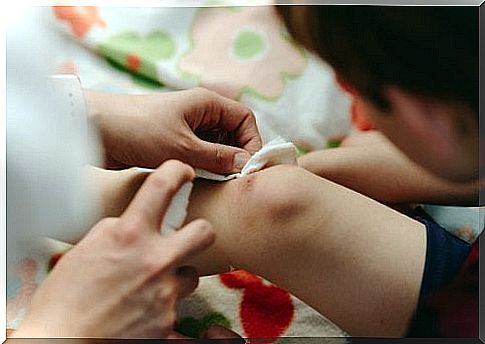
In any case, the group of specialists should follow the general procedure when treating wounds. A priority list should be made in case of an accident or emergency, with other changes.
First, the patient must be anesthetized to reduce the discomfort associated with wound closure. Anesthesia can be administered locally or generally, depending on the severity of the injury. To do this, one or more medications are injected into the patient, such as lidocaine.
The expert group will then carefully and gently remove any foreign bodies that may be found inside the wound. For this, the most appropriate and sterilized instruments will be used. Later, an abundant amount of saline should be applied to the area to clean it properly.
Closing Techniques
If necessary, the doctor will continue to perform a suture to join the tissues that have come loose with the wound. Depending on the properties of the injury, the corresponding medical team will determine the most appropriate type of suture :
- Approach points. It consists of a set of sections of tape that keep the wound edges close together. As a general rule, these are released naturally within a few days of placement (especially if it gets wet).
- Bobby pins. These are small metal wires in the shape of a staple, which hold the wound and its edges firm to promote healing and tissue regeneration. And they must be removed using a special medical instrument.
- Thread sutures. There is a wide variety of knots and yarn types that the expert group can use, depending on the tissue and shape of the wound. In this way, a needle is used to sew the entire length of the lesion.

